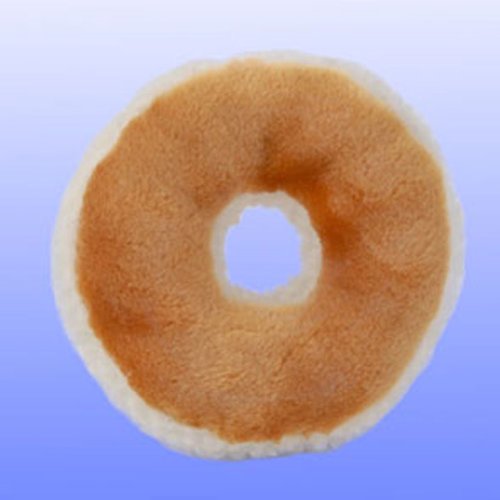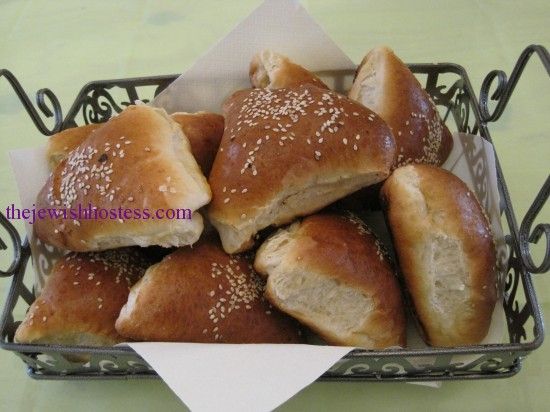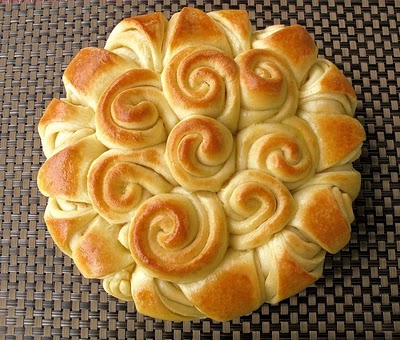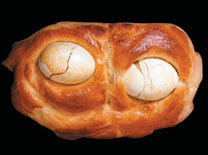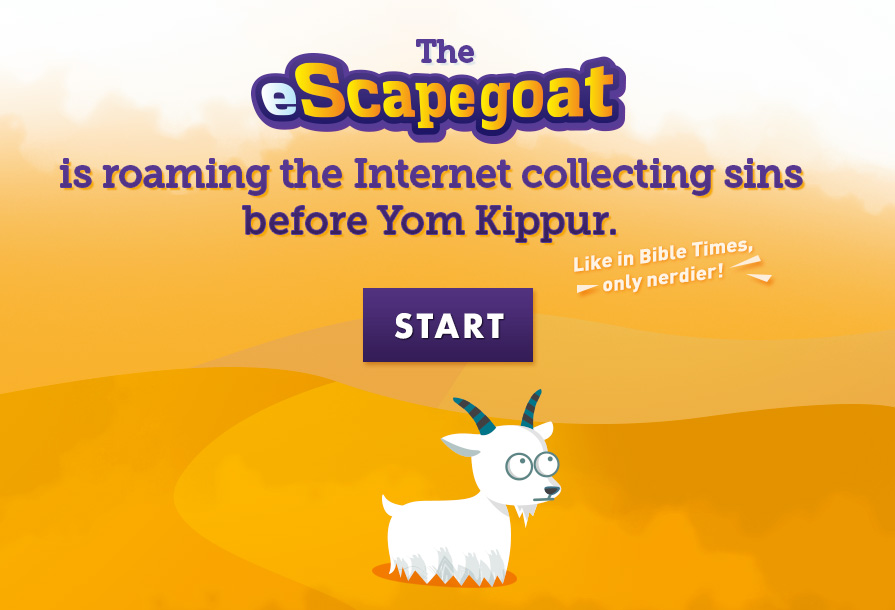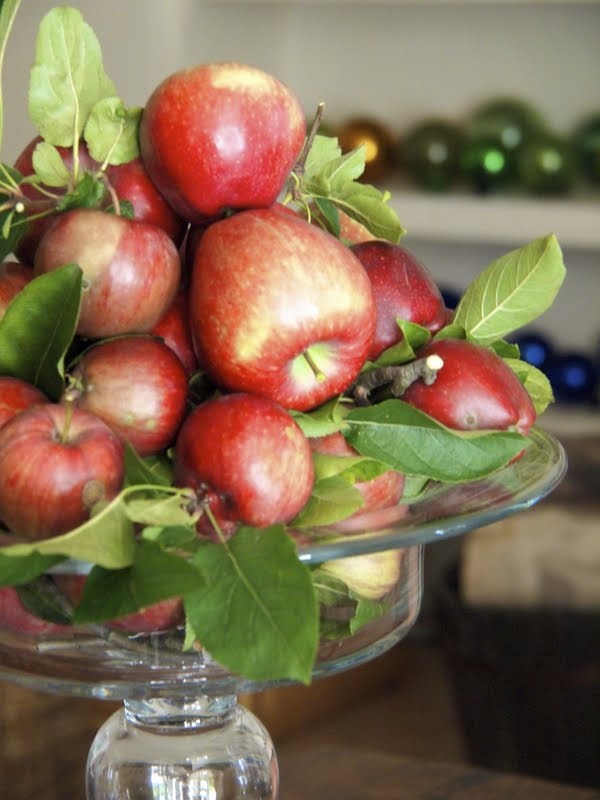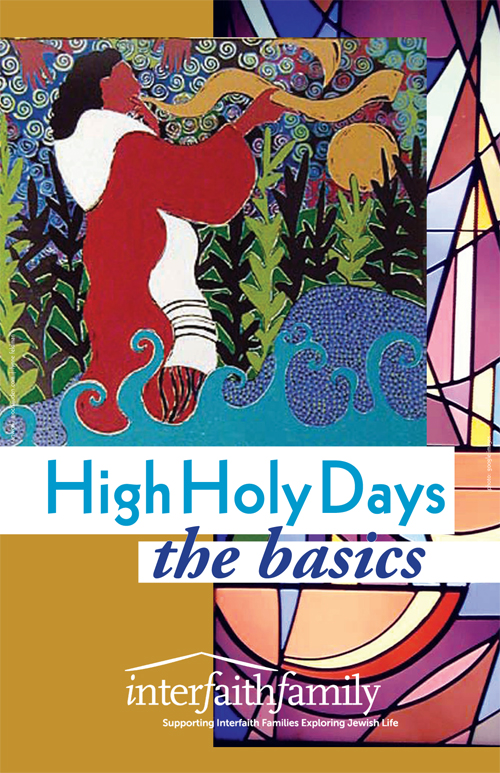Purim is coming up soon and there are lots of dishes one can bake besides hamantaschen to celebrate the holiday. In addition to serving challah at your Purim seudah, you may be looking for special “Purim” versions of challah to serve for Shabbat the week of Purim.
Like traditional hamantaschen cookies, it is fun to prepare dishes for Purim in a triangular shape, said to represent Haman’s three-cornered hat. These hamantaschen challahs featured on The Jewish Hostess will look great on your seder or Purim table:
They have a delicious savory filling and may be prepared in advance and frozen.
Jews from other countries have some interesting Purim customs involving variations on the traditional challah. Eastern European Jews eat a flower-shaped challah on Purim to symbolize “Shoshanat Yaakov,” or the “Rose of Jacob,” a song that is traditionally sung after reading the Book of Esther (the Megillah).
The Kosher Home featured this beautiful floral challah:
It is almost too pretty to eat!
Morroccan Jews traditionally bake a challah called Ojos de Haman, Einei Haman, or “Haman’s Eyes.” Almonds are added to the bread, which has two unpeeled, hard boiled eggs inserted into it for the “eyes.”
During the Purim meal, the eggs are torn from the bread to represent the tearing out of Haman’s eyes. A rather gory tradition, but this challah is also typically part of mishloach manot given to friends and family.
Jews in Rhodes also incorporated hard-boiled eggs into special Purim challahs. These small loaves, called “folares,” are wrapped around the eggs. The loaves are supposed to look like cages, with the eggs – which symbolize Haman – trapped inside. Here is a recipe for Folares from Aish:
Whether you choose to add one of these challahs to your Purim seudah or enjoy at your Shabbat table, it’s always fun to try something new for a holiday. The Saidel Artisan Baking Institute blog also lists several sweet and savory Purim delicacies that you may want to serve during the holiday.
Shabbat Shalom!


